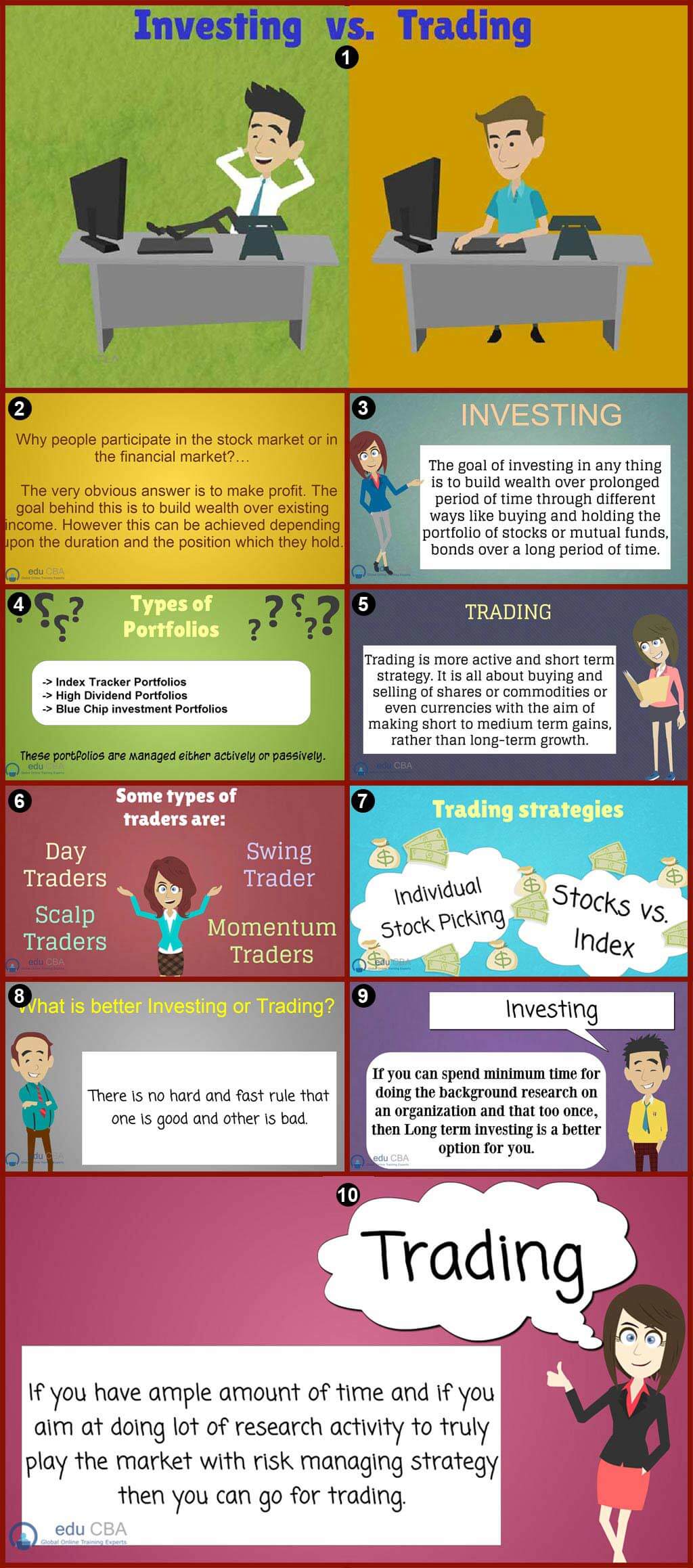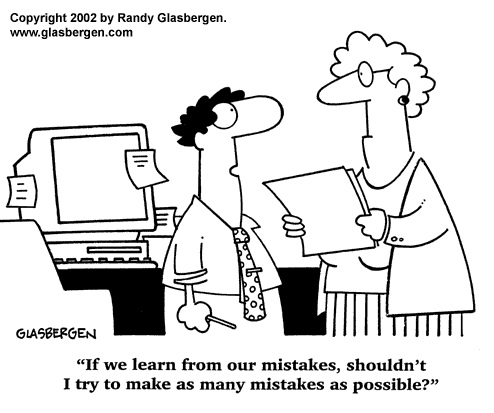Personally, I had never been to FSM INVEST EXPO as I had only signed up for my FSM brokerage account in 2019. So this was my first time attending FSM INVEST EXPO.
There wasn't any schedule that I was adhering to throughout the event, so it was more like "own time own target"
As usual, conventions like this were always full of people!
Layout of the event area
Schedule of the event
1) Near the stage

3) stock pitch
4)Game booth(LASSO THE BULLS & AVOID THE BEARS!)
6) Shroeder offering free churros
7)Yes,i love free stuff too!
And of course, I did not win the lucky draw...
So that was roughly how was the event like for me, in my opinion, I think it should be held over two days instead of one like AFA as this will allow more talks to be held.
Onto the brochure!
First, of course, the most exciting news that I have encountered in FSM Invest Expo 2020...
Cheapest brokerage in Singapore!
Yes, indeed, its 8 dollars per trade on the mobile device, but is it trustable? or is there any hidden catch?
So what is IFAST GLOBAL? (P.S not sponsored by them)
- iFAST Global Markets ("iGM"), a division of 'FAST Financial Pte Ltd, was launched with the main objective of providing consumers with complete commission transparency in insurance and investment products. Our team of Investment Advisers are dedicated to the vision of providing transparent, ethical, and suitable advice to benefit investors by reducing commission bias which may be unknown to consumers.
- As an advocate of full transparency in insurance and investment commissions, we will only recommend only product that we understand and believe in
IFast Financial Pie Ltd (Singapore) Licenses:
- Capital Markets Services Licence and Financial Advisers Licence issued by the Monetary Authority of Singapore (MAS)
- Central Provident Fund Investment Scheme (CPFIS)-registered Investment Administrator
- CDP Depository Agent
- a Trading Member of SGX-ST and Clearing Member of CDP
What investment products do they offer?(Source)
UNIT TRUSTS
- Funds invest in a diversified range of assets. A fund's diversified portfolio means risks can be better spread over the assets In the fund.*
EXCHANGE TRADED FUNDS
- Exchange-traded funds (ETFs) are EID investment funds that are listed and traded on a stock exchange.*
BONDS
- A bond is a debt security. It is a form of borrowing_ Governments and companies issue bonds to raise funds. When you invest in bonds, you are lending money to the issuer for a fixed period of time
STOCKS
- A company offers its shares to investors to raise money. The company may need such funds for reasons such as to grow its business, acquire new assets, or remain solvent.
DISCRETIONARY PORTFOLIOS
- DPMS is a service by iFAST that helps investors invest via a discretionary managed portfolio.*
INSURANCE
- Insurance is meant to protect you, youth family, and things you care about. The insurance you buy depends not only on what you want to protect but also what you can afford.*
And finally, is there any hidden catch?
Yes, of course, there is a hidden catch. For the first 100k, there is a 0.28%p.a
So if u had invested with 10,000(below 100k), the charges would be $28(0.28%) annually
Assuming you are trading in SGX stock, you need to trade at least 7 times per year to breakeven when comparing with the normal FSM fees of 10 dollars per trade(Notes:All figures are estimated)
IFast GLOBAL
- Buy transaction fees: $8
- Sell transaction fees: $8
- Annual fee $28
- trade time: 7 times
- total cost: ((8+8)*7 time) + 28 =$120
- Buy transaction fees: $8
- Sell transaction fees: $8
- Annual fee $28
- trade time: 8 times
- total cost: ((8+8)*7 time) + 28 =$156
FSM, STANDARD CHARTED, OR DBS CASH UPFRONT
- Buy transaction fees: $10
- Sell transaction fees: $10
- Annual fee: $0
- trade time: 7 times
- total cost: ((10+10)*7 time) + 0=$120
- Buy transaction fees: $10
- Sell transaction fees: $10
- Annual fee: $0
- trade time: 8 times
- total cost: ((10+10)*8 time) + 0=$160
Conclusion: In my opinion, it is definitely the brokerage you want to get if you are trading frequently in SGX stock. Unfortunately compared to another brokerage in the US such as Robinhood $0 USD per transaction, or even SAXO 4.99 USD per transaction, Singapore brokerage fees definitely still have a long way to go to hit below 5 dollars or even 0 dollar
That's all for this post, will continue with more brochures update from FSM Invest Expo 2020 in the next few post!:)
part 2 here...
part 2 here...





























